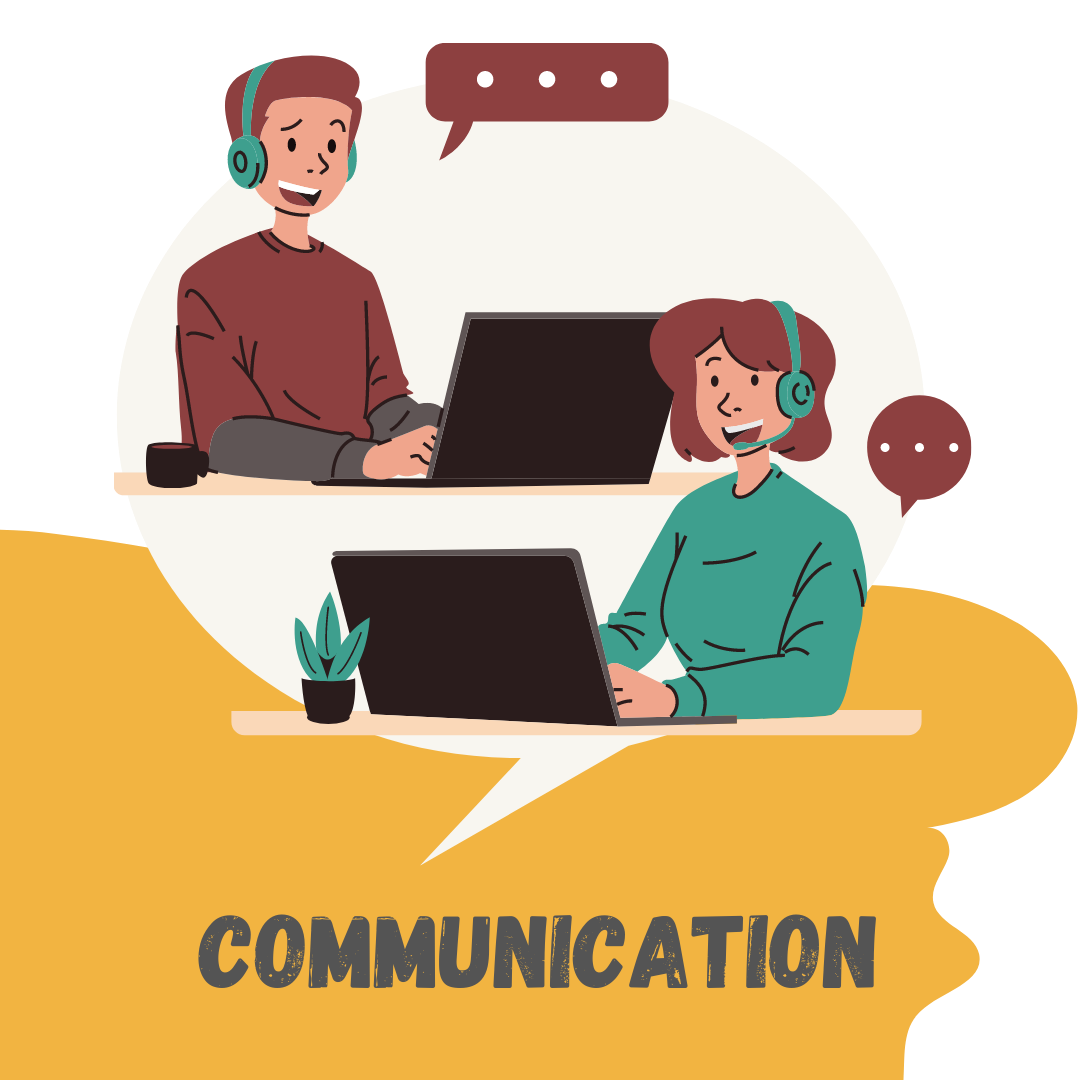Communication Skills Class 10 Information Technology Notes PDF | Class 10 Computer Chapter 1

Class 10 IT code 402 Part A – Employability Skills Unit 1: Communication Skills Notes PDF is given here along with video lectures for this communication skills unit. This first unit from the IT book is quite lengthy but it is very easy. There are 7 sessions in the whole chapter. Scroll Down to get the notes pdf for class 10 IT unit 1 communication skills.

Session 1: Methods of Communication
In this session, we will learn about –
Three important parts of communication–
Transmitting: The sender transmits/sends the message using a medium.
Listening: The receiver listens or understands the message that the sender sent.
Feedback: The receiver conveys/replies to their understanding of the message to the sender in the form of feedback, this completes the communication cycle.
Then, the various elements of the communication cycle–
Sender: the person who initiates the communication.
Message: the information that the sender transmits.
Channel: the medium by which the information is sent.
Receiver: the person who receives the message.
Feedback: The message that the receiver conveys/replies to their understanding of the message to the sender.
Lastly, the various methods of communication–
Face to Face communication, E-mails, Posters, Business meetings, and other methods.
Session 2- Verbal Communication.
This session includes-
Types of verbal communication–
Interpersonal Communication: This is a one-on-one conversation between two persons, it can be formal or informal.
Written Communication: As the name suggests, this is a written form of communication. It can be letters, posters, emails, SMS, social media chats, etc. This type of communication can be between two or more people.
Small-Group Communication: This type of communication takes place when there are more than two people involved. Each participant can interact and converse with the rest.
Public Communication: This type of communication takes place when one individual addresses a large gathering.
The advantage of verbal communication– It is an easy mode of communication in which you can exchange ideas by saying what you want and get a quick response. Verbal communication also enables you to keep changing your interaction as per the other person’s response.
Disadvantages of verbal communication– Since verbal communication depends on written or spoken words, sometimes the meanings can be confusing and difficult to understand if the right words are not used.
Session 3- Non-verbal Communication.
This session includes-
The Various type of Non-Verbal Communication- Gestures, Expressions, and Body language.
Visual Communication- It involves interchanging messages only through images or pictures and therefore, you do not need to know any particular language for understanding it.
Session 4- Communication Cycle and the Importance of Feedback.
This Session Includes-
Types of Feedback– Positive Feedback, Negative Feedback, and No Feedback.
Importance of Feedback- It validates effective listening, motivates the sender, boosts learning and, improves performance.
Session 5- Barriers to Effective Communication.
This Session Includes-
Types of Barriers to Effective Communication– Physical Barrier, Linguistic Barriers, Interpersonal Barrier, and Organisational Barrier.
Ways to overcome barriers to effective communication– Use simple language
• Do not form assumptions on culture, religion, or geography
• Use visuals
• Take the help of a translator to overcome differences in language
• Take the help of a translator to overcome differences in language
• Be respectful of other’s opinions
Session 6- Writing Skills — Parts of Speech.
This Session includes-
Rule of Capitalisation– The ‘TINS’ rule of Capitalisation.
Punctuation– It includes Comma, Fullstop, Question Mark, Exclamation mark, etc.
Basic Parts of Speech- It includes- Noun, Pronoun, Adjective, Verb, and Adverb.
Supporting parts of Speech– It includes- Articles, Conjunction, Interjection, and Prepojition, etc.
Session 7- Writing Skills — Sentences.
This session includes-
Parts of a Sentence– A sentence has three parts- Subject, Verb, and Object.
Active and Passive Sentences- Sentences, where the subject does an action, are known to be in the Active voice, whereas sentences in which the subject receives an action are known to be in the Passive voice.
Communication Skills Class 10 Information Technology Notes PDF
Download the PDF from here – Click here
